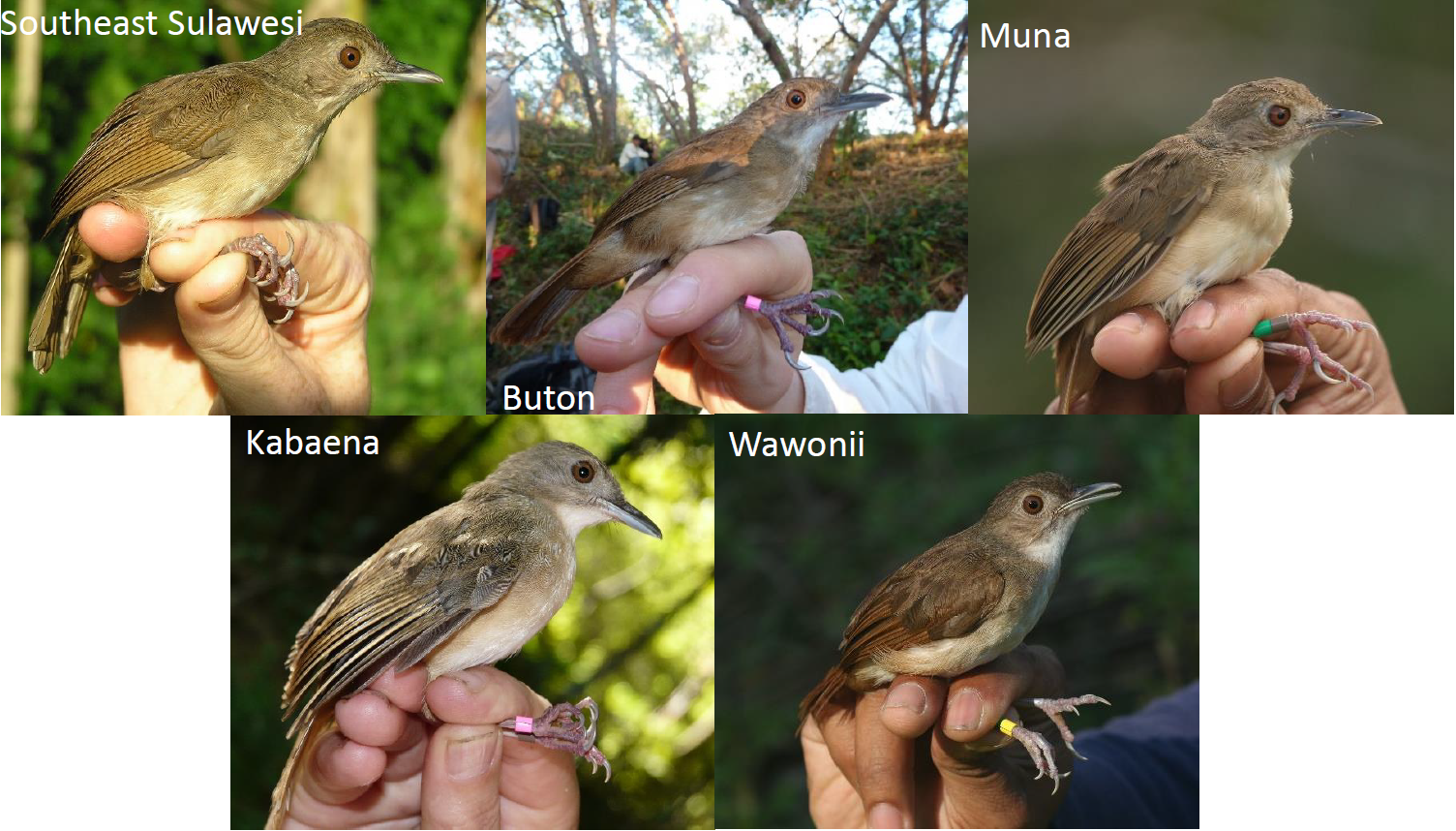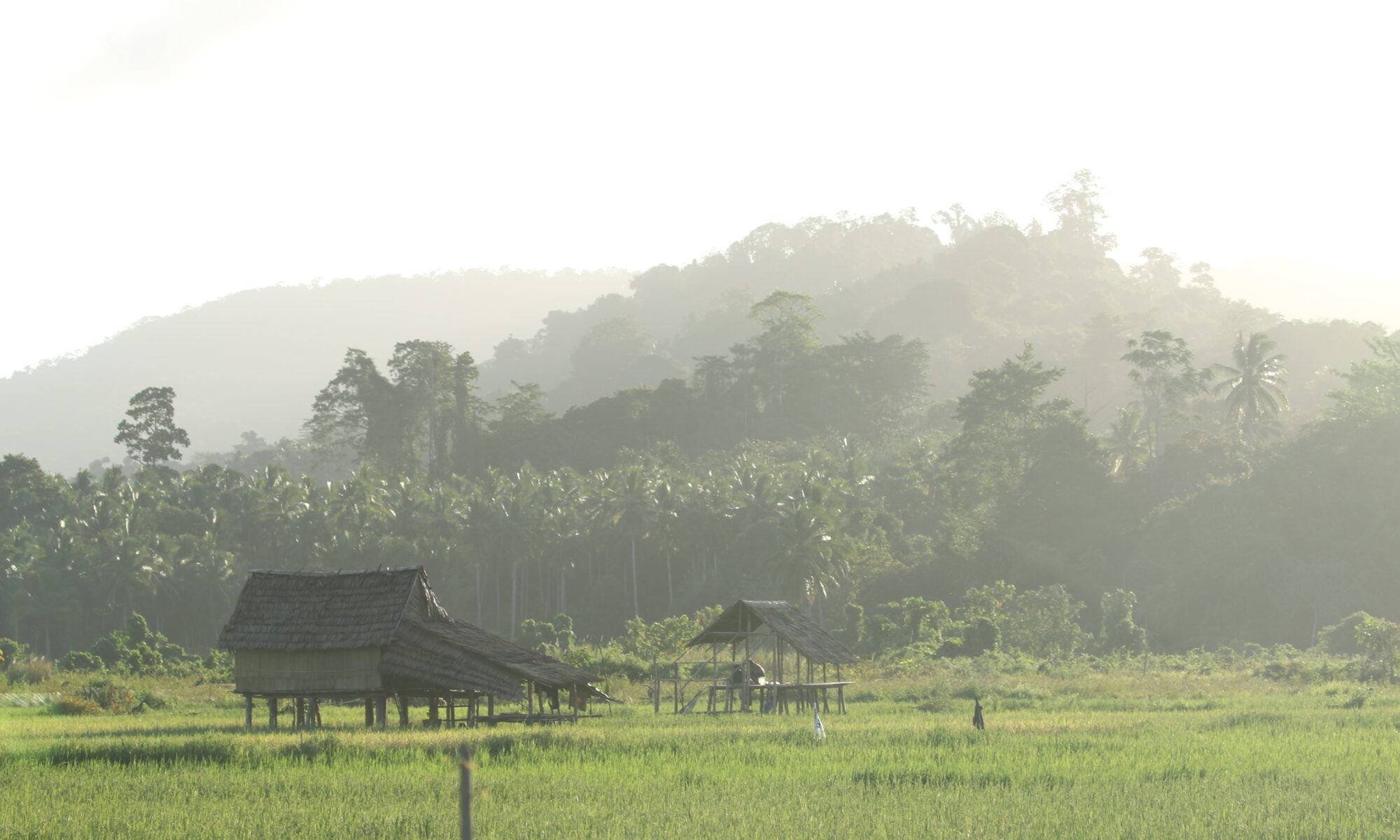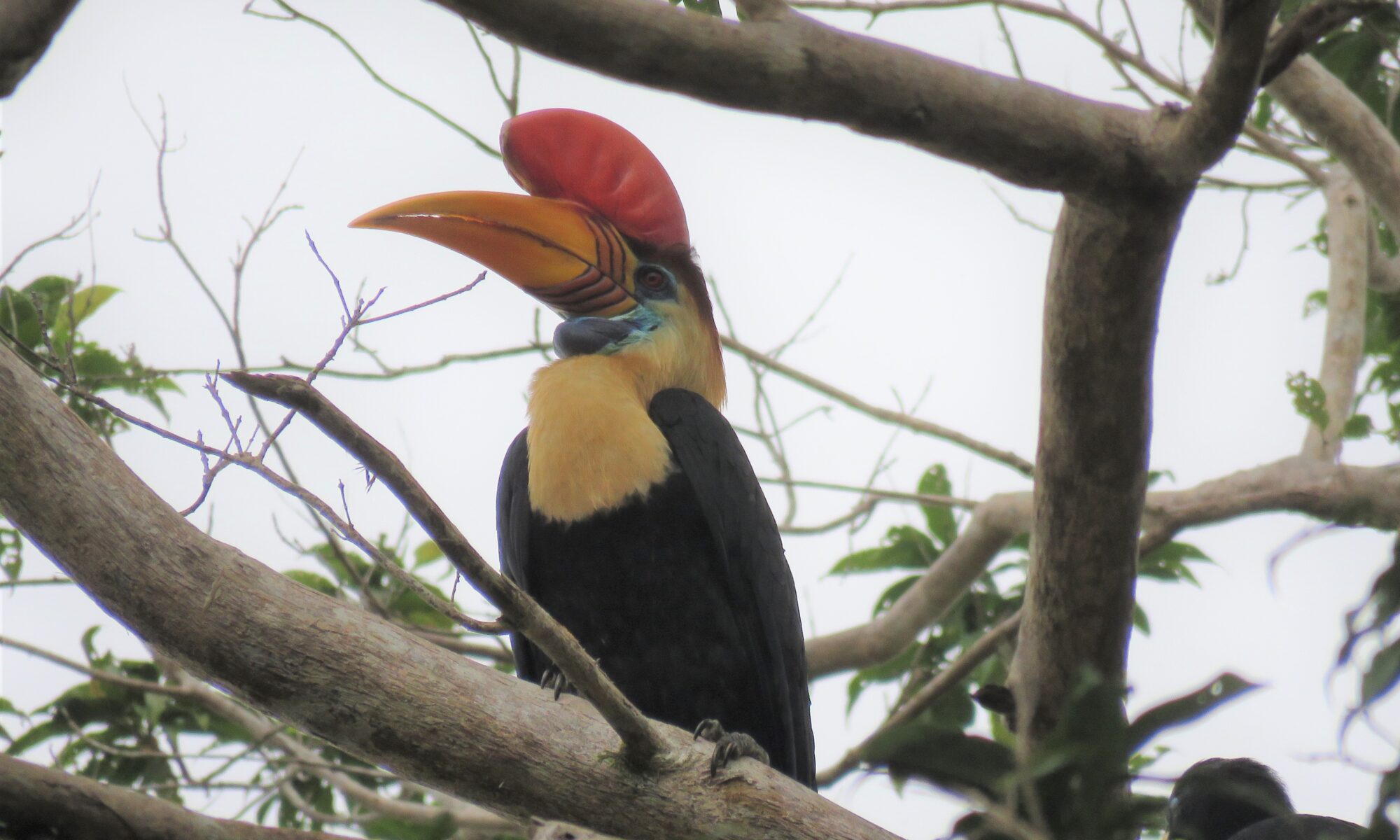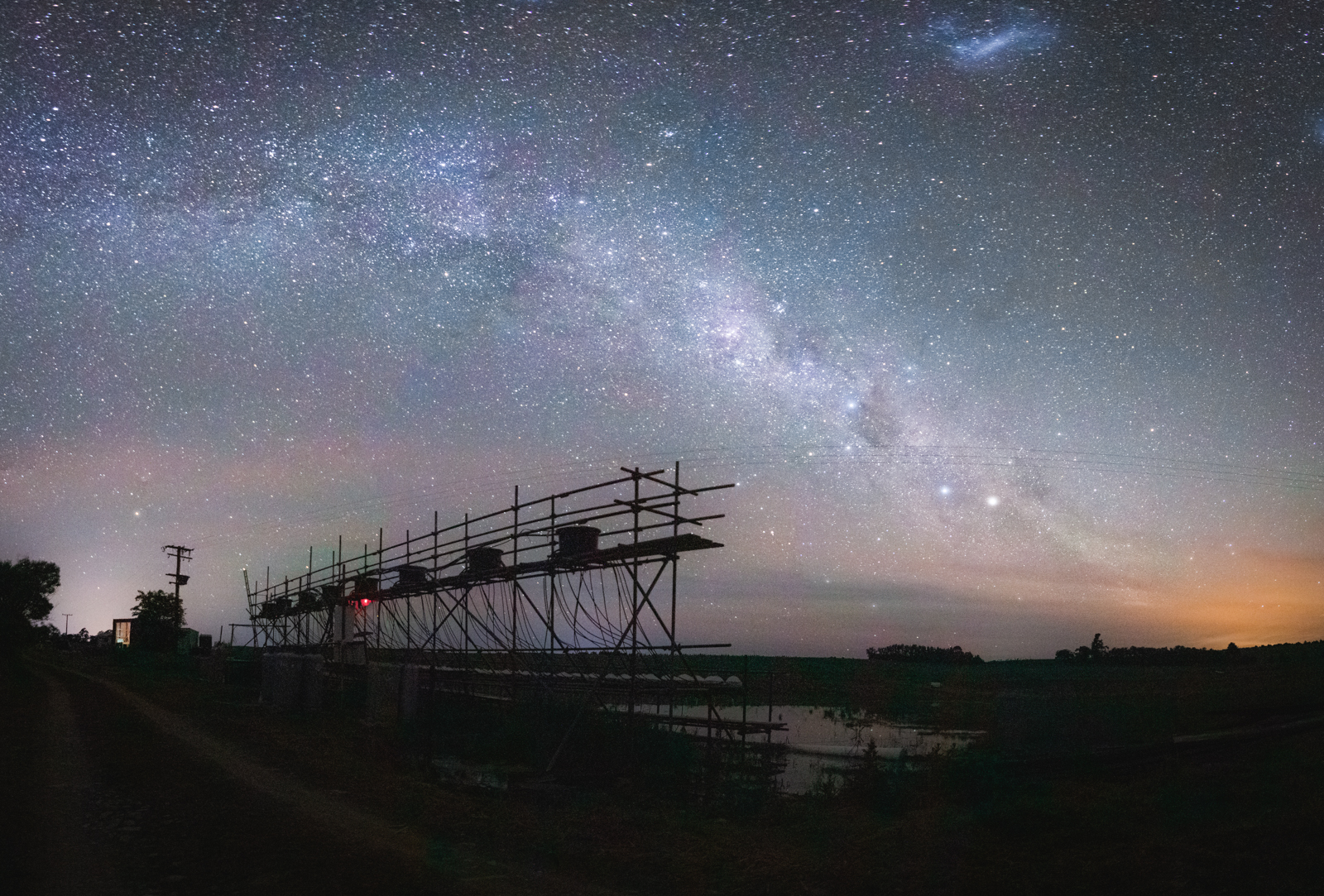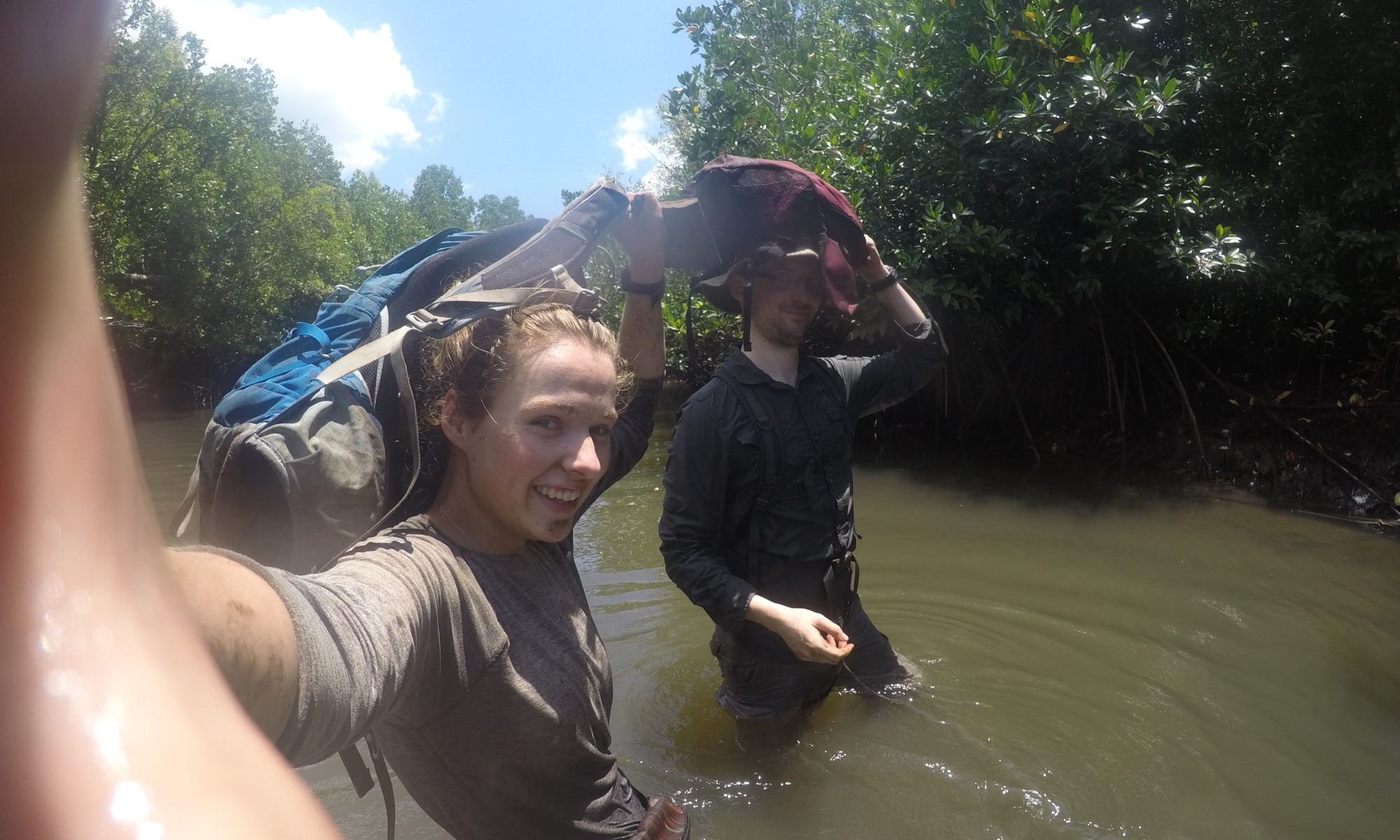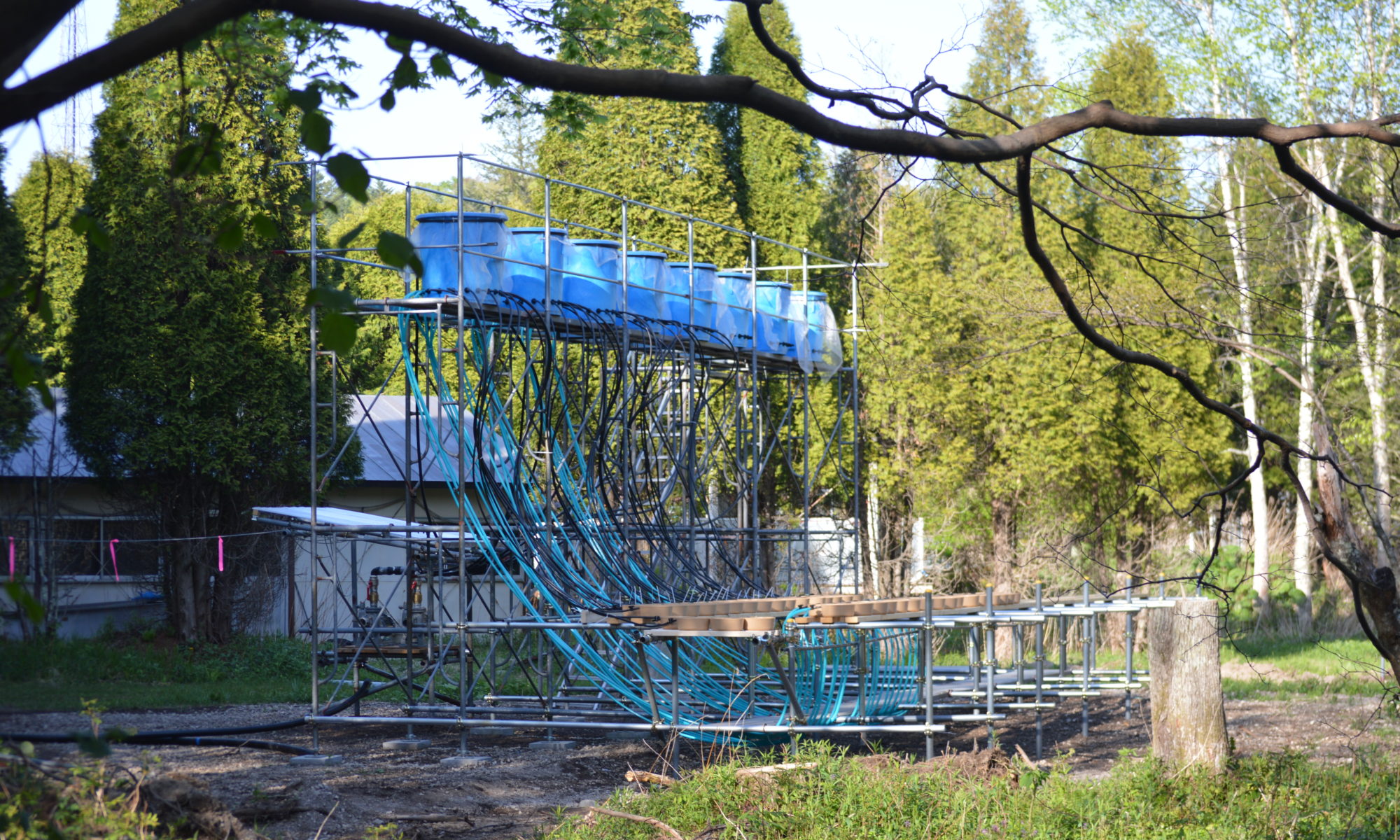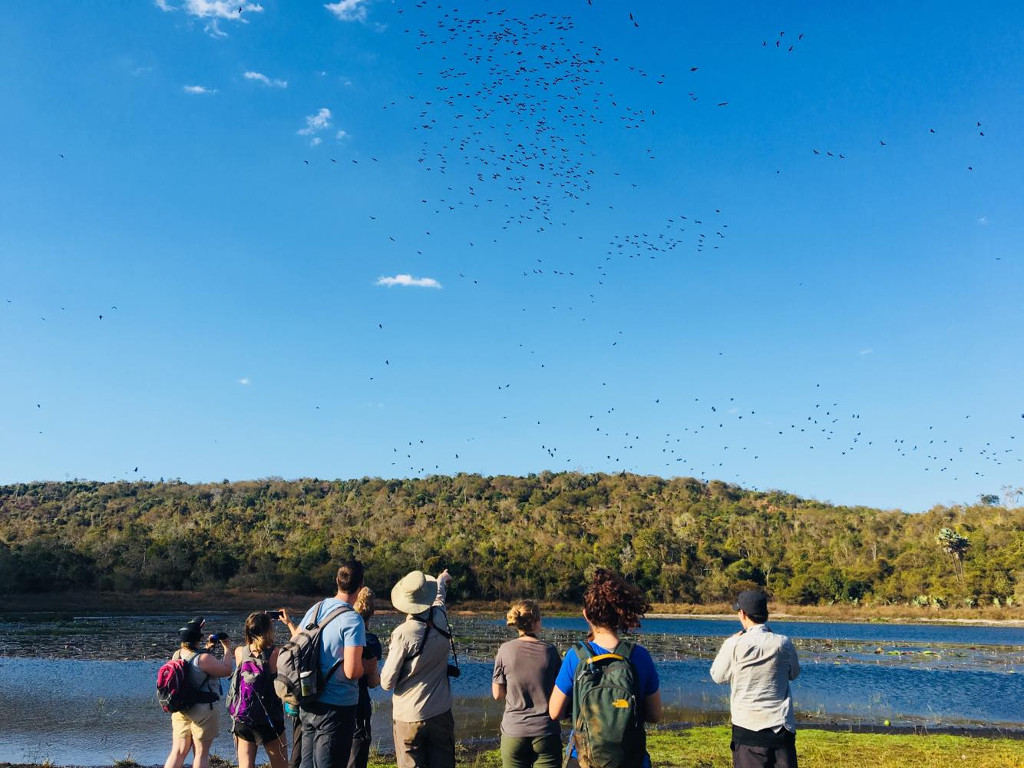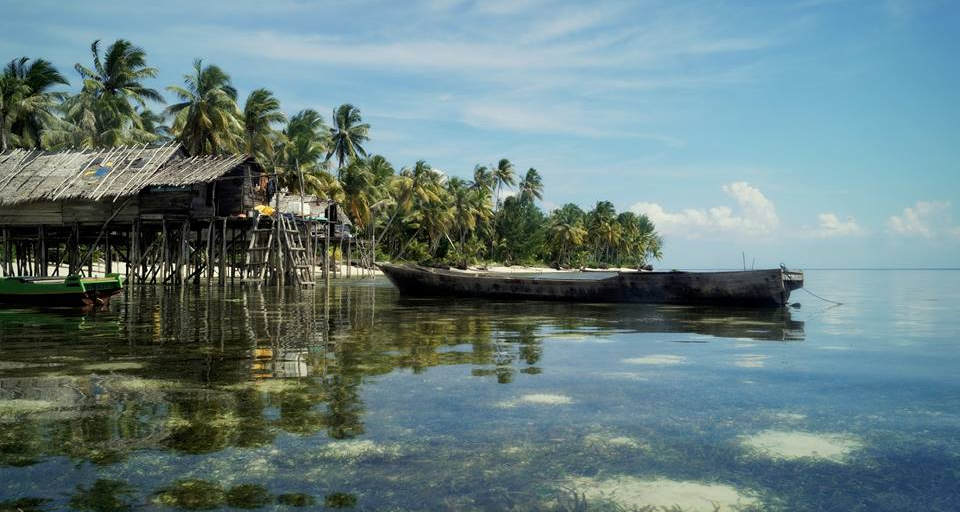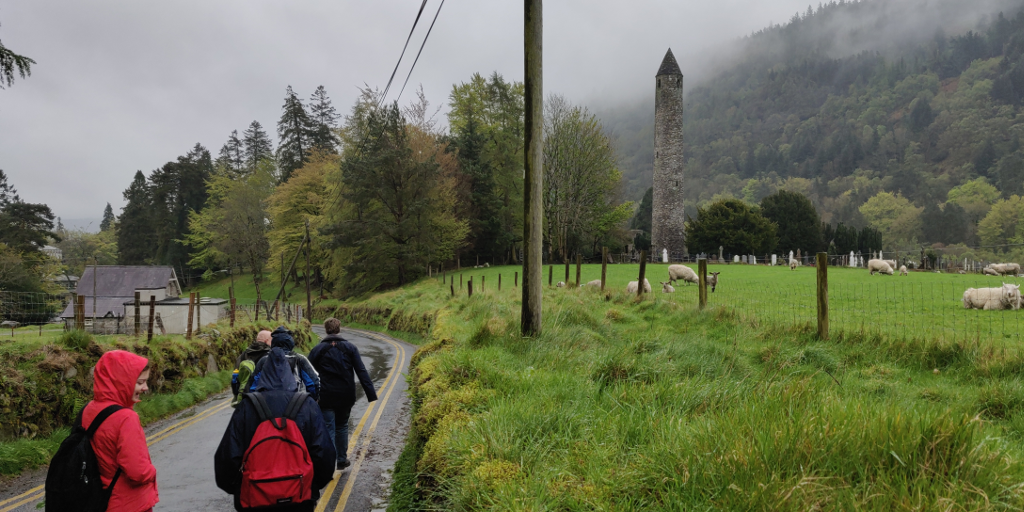What is the first image that comes to mind when you think of evolution? Possibly a line of cartoon primates marching, slouching monkeys at one end and naked men with spears at the other. Or a branching tree diagram where each twig represents an organism, maybe with a tentative “I think” scribbled above it. Alternatively, you may have pictured an illustration of related birds from isolated islands, each showing a dramatically different bill shape adapted to a different diet. Darwin’s Galápagos finches represent a foundational influence in terms of where we tend to look for signs of evolution and what we expect these signs to look like. Our new paper, just published Open Access in Zoologischer Anzeiger: A Journal of Comparative Zoology, provides a contrasting image. We looked at the Sulawesi babbler (Pellorneum celebense), a dull brown bird that spends its time hiding in bushes on less isolated islands in Indonesia, looking pretty similar from one island to the next. Nevertheless, we found that several of its populations are quite different from one another in mitochondrial DNA, in morphology, and in song.
Continue reading “Evolution in the understorey”The Bird Life of Wawonii and Muna Islands Part II: mining the literature, mining the hills
Indonesia is a constellation of islands, big and small and many-shaped, born out of volcanism or coral build-up or sheared from the ground of continents, each its own world. The complex geography of this region begat an equally complex biogeography, with evolution working enthusiastically to populate it, and the staggering biodiversity that resulted will surely occupy biologists for centuries to come (as long as it lasts that long). Every nook and cranny is filled with fascinating plants and animals, and our research group recently published a paper on the avian contents of a couple of those nooks and crannies. This post follows one by Darren on the fieldwork stories behind that paper, and the expeditions to remote Muna and Wawonii islands.
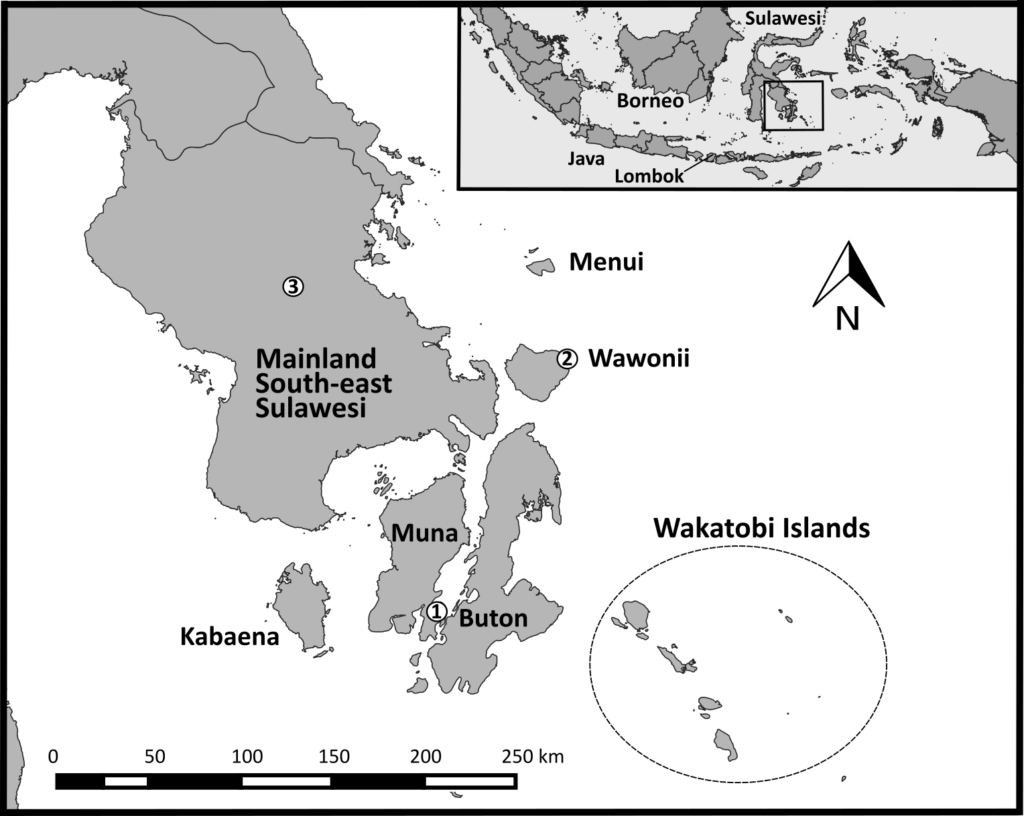
The Bird Life of Wawonii and Muna Islands Part I: biodiversity recording in understudied corners of the Wallacea region
With Indonesia I’ve always felt like I’m just scraping the surface. Even after five field seasons in that incredible country I feel I’m always just finding further questions. One of my favourite bits was just driving around to new sites and travelling to different islands. There are always feats of incredible daring to observe (just piloting a car on a rural road takes nerves of steel), and engineering marvels and follies cut out of rainforest or carved from the hills. Any local leader could seemingly achieve anything with sufficient ambition, the consequences of which could really go either way! Easy explanations are usually not forthcoming. It is a culture where much is left unsaid, where one must ask the correct question the correct way to receive an answer. Perhaps it is this sense of mystery that keeps me coming back year after year, with each new island a world in itself.
Continue reading “The Bird Life of Wawonii and Muna Islands Part I: biodiversity recording in understudied corners of the Wallacea region”A Field Season in New Zealand: One Mesocosm Experiment to Rule them All
Being on lockdown has me dreaming of our recent field season in New Zealand. The home of “Middle Earth” is a paradise for outdoor enthusiasts and going through the photographs from my own unexpected(/meticulously planned) journey is making my imagination run wild. Unique wildlife, towering mountains, endless waves, campsites with a view…
Pedagogy in Portugal
The sun rose over the Algarve as I stood outside on my hotel balcony, watching it. In January, imagine that! It was a beautiful start to the day and I was ready to dive into work (after a hearty Portuguese breakfast of course). I was in Portugal for a few days for a workshop on field pedagogy. For the uninitiated, that means teaching techniques and the theory behind teaching, but specifically in a fieldwork context.
I have relatively limited experience of fieldwork. I went on a few wonderful field courses at school, college, and then university, but I haven’t really done much teaching of fieldwork. I did help undergraduate students to sample river invertebrates in the river Dodder which we later identified to learn about the process of measuring biodiversity and also of using the invertebrate community to understand water quality. Other than that, I’ve little fieldwork teaching under my belt, so I was ready to learn how things are done.
Continue reading “Pedagogy in Portugal”Comparing the biodiversity and network ecology of restored and natural mangrove forests in the Wallacea Region.
Habitat loss is the primary threat to most species, as humans convert ever more areas of the globe to intensive land uses for our purposes. While some of this is unavoidable, the unsustainable level of global habitat loss has caused great damage to biodiversity, the fight against climate change, and the local economy and culture of vulnerable communities in the poorest parts of the world. It is increasingly clear that slowing habitat loss will be not be enough to repair this damage, we must restore/rehabilitate lost and damaged habitat. This process is already happening in many areas where human use is no longer economical, such as abandoned mines, upland farms and elsewhere. However restoring an ecosystem is not a simple process, many of these projects fail, and the reasons for this are not always clear. There are no agreed standards for measuring the success of habitat restoration. However in the Newcastle University Network Ecology Group we believe that ecological networks may hold the key to monitoring and directing restoration efforts. As part of the CoReNat consortium we are seeking to use ecological networks to assess the success of mangrove forest restoration projects in remote Northern Sulawesi, Indonesia.
Continue reading “Comparing the biodiversity and network ecology of restored and natural mangrove forests in the Wallacea Region.”The seven stages of fieldwork grief
This summer was my first attempt at a field experiment. As a typically desk-bound researcher, fieldwork presented some unique challenges. If you, like me, try out field research for the first time, you may find that your experience aligns quite well with the extended Kübler-Ross model of grief. So, here I present a satirical journey through the seven stages of fieldwork grief:
Stage 1: Shock & Denial
First, you may be shocked that your project was funded in the first place. How did the grant reviewers miss the underdeveloped methodology and glaringly obvious underestimation of how expensive your experiment will be to run? You tell yourself, ‘of course they’ll come to their senses and the funding body will realise what a mistake they’ve made.’ Don’t worry you’ll never have to actually do the research. This denial will likely leave you scrambling to pack a few days (or hours) before your bus/train/flight.
Continue reading “The seven stages of fieldwork grief”A Mosaic of Birds in Madagascar
This post is based on the paper ‘The avifauna of the forest mosaic habitats of the Mariarano region, Mahajanga II district, north-west Madagascar’, just published open-access in Bothalia: African Biodiversity and Conservation.
The header image by Jamie Grant-Fraser shows White-faced Whistling Ducks (Dendrocygna viduata) responding to the appearance of a Madagascar Harrier-hawk (Polyboroides radiatus).
Continue reading “A Mosaic of Birds in Madagascar”Surveying birds on an unexplored tropical island – the TCD/Opwall expedition to Menui, South-east Sulawesi, Indonesia.
A big draw for those who study the natural world is the search for adventure – the chance to make a novel discovery, and to explore regions unknown to science. Despite that, in today’s world, such an opportunity rarely presents itself, and it is exceedingly rare to truly break new ground. However, in the summer of 2017 circumstances allowed a team of scientists from Trinity College Dublin (TCD), Halu Oleo University (UHO) and Operation Wallacea (Opwall) to venture to the remote, and scientifically unknown, Menui Island, in South-east Sulawesi, Indonesia. The expedition’s motive was to provide an account of the bird species present and their associating habitats. Our survey work, published in the latest issue of Forktail, found the island to be home to a unique avifauna and several important habitats, though these face serious threats from over-exploitation.
Continue reading “Surveying birds on an unexplored tropical island – the TCD/Opwall expedition to Menui, South-east Sulawesi, Indonesia.”Fieldwork, and why students need it
I recently took part in the 3rd year Terrestrial Ecology field course in Glendalough. Though I already had some experience teaching both lab work and fieldwork, this was my first time being “staff” on a trip I had previously been on as a student. It was a wonderful experience. This field course is a venerable institution of the Zoology Department: it has taken place Glendalough every year since 2007, having previously been held in the Burren and Killarney National Park. It has always been beloved by students, as seen in this video made in 2016.
Zoology students in Trinity have the chance to take part in three field courses: Terrestrial Ecology in Glendalough, Marine Biology on the rich shores of Strangford Lough, and Tropical Ecology around the ancient Rift Valley Lakes of Kenya. Here, from enthusiastic and experienced teachers, they learn skills that will stand to them in any ecological undertaking. On the Glendalough field course, students of both Zoology and Environmental Science are introduced to the techniques used to sample and survey wild animals, including Longworth trapping for small mammals, malaise trapping for flying insects, kick-sampling for aquatic invertebrates, and mist netting for birds. This last one was what brought me on the course.
Continue reading “Fieldwork, and why students need it”
